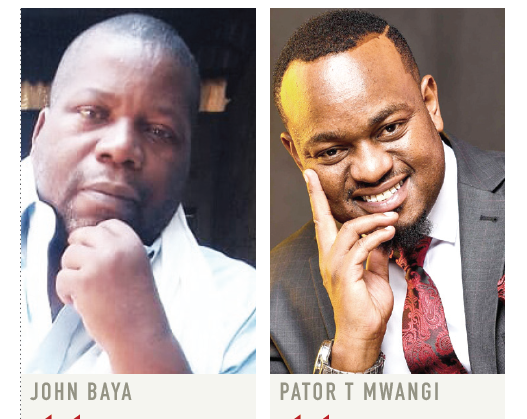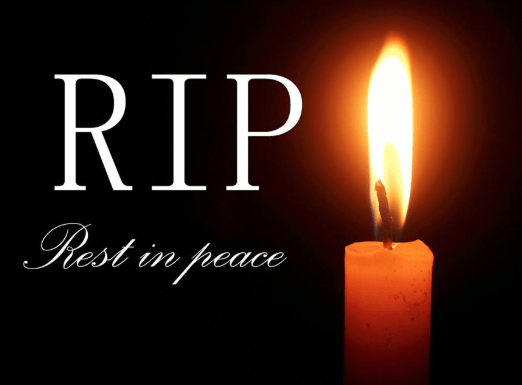The mystic moon and its energies

Muslims all over the world marked the end of the holy month of Ramadhan after the sighting of the moon.
The crescent moon holds a lot of religious significance for the Muslim community all over the world. It denotes the start and the end of the month of Ramadhan, the holy month of prayer and fasting.
“The Islamic calendar is based on Lunar cycle. Each month lasts for a full lunation, which is the time span from one New Moon to the next. Traditionally, this is based on actual observation of the crescent (hilal) marking the end of the previous lunar cycle.
Each month can have 29 or 30 days depending on the visibility of the moon, astronomical positioning of the earth and weather conditions,” shares Mwanaidi Mohammed, an Islam teacher.
Great significance
Female Ustadh, Fatma Ahmed shares that the moon is an important feature in Islam spiritual practices since the passing on of their Prophet, Mohammed.
“The moon is significant to all of us human, but for us Muslims we observe the moon for 12 months as we go through the year. The Islamic calendar started three months after the death of the prophet. Before then, it was all just the observation of the moon.
All our events follow the same. It is significant for recording of these events; we start fasting and end when the moon appears.
Then there are three days in a month for fasting, we call them the white days, which also have to align with the moon. On the 15th day of the cycle when the moon is on its fullest, it’s known that it holds a lot of tragedies. People are in the hottest of moods and are angered easily, so at the beginning of the month we pray so that the month can be peaceful and holds blessings,” shares the Ustadh.
The spiritual meaning of the moon can vary. The Quran includes a chapter titled the “The Moon,” in which the split or crescent moon is a harbinger of the day of judgment. Moreover, the moon is associated with Muhammad in Muslim poetry, and the mystical tradition known as sufism uses the moon as a symbol of the heart responsive to the light of truth.
As Mijikenda elder John Baya shares, the moon holds a lot of mysticism culturally as well and it all varies between the different communities and their interactions. “The moon has been perceived spiritually as the source of mystic powers.
First at the coast, the moon is known to have certain powers that affect the ocean. It is also believed that the moon phases affect people with mental issues. The crescent moon, especially influences mental status of those who are mentally unstable,” he shares.
He says the moon is said to hold some divine powers. “One of these is its healing powers; this is why some of the diviners will wait for when the moon is full so they can hold their cultural activities. The moon itself is associated with the powers to sort out spirits. This creates a clarification between the spirits that move during the night, the spirits which move in darkness and those that move in the moon light,” shares the elder.
On the other hand, Pastor T Mwangi of Life Church Limuru, shares that before Abraham (a man who came to be known as the friend of God and father of nations) was called by God, he too came from a lineage of moon worshipers. Abraham was born and raised in Ur of the Chaldees, which is in modern Iraq, near Nasiriyah in the southeastern part of the country. This was an ancient city that flourished until about 300 BC. The great ziggurat of Ur was built by Ur-Nammu around 2100 BC and was dedicated to Nanna, the moon god.
Moon worship
The moon was worshiped as the power that controlled the heavens and the life cycle on earth. To the Chaldeans, the phases of the moon represented the natural cycle of birth, growth, decay, and death and also set the measurement of their yearly calendar.
Among the pantheon of Mesopotamian gods, Nanna was supreme, because he was the source of fertility for crops, herds, and families. Prayers and offerings were offered to the moon to invoke its blessing.
“The calendar that was used then has a similarity to what the Jews, Greeks and even Muslims use today, the Lunar calendar, which revolves around the cycle of the moon. The calendar we have today with the days of the weeks are Roman in nature, and all fall under the Lunar calendar.
So, astrology and study of heavenly bodies is real, but this intelligence is not biblical in nature, it is divination- which we don’t project, but we don’t ignore its existence,” shares Pastor T.
Ancient literature and in the realm of historics, show men as ‘Stars’ and other heavenly bodies. That is why Jesus is called ‘The Bright Morning Star.’ This is a kind of ranking in the realm of spirits. “In the spiritual realm, witches use the moon to cause witchcraft.
It makes it possible for them to release demons, and also to interfere with people’s destinies. I have also heard about the rise of madness cases during some phases of the moon. The word ‘Lunatic’ (a possession by spirit of madness) comes from the word ‘Lunar’,” he says.












